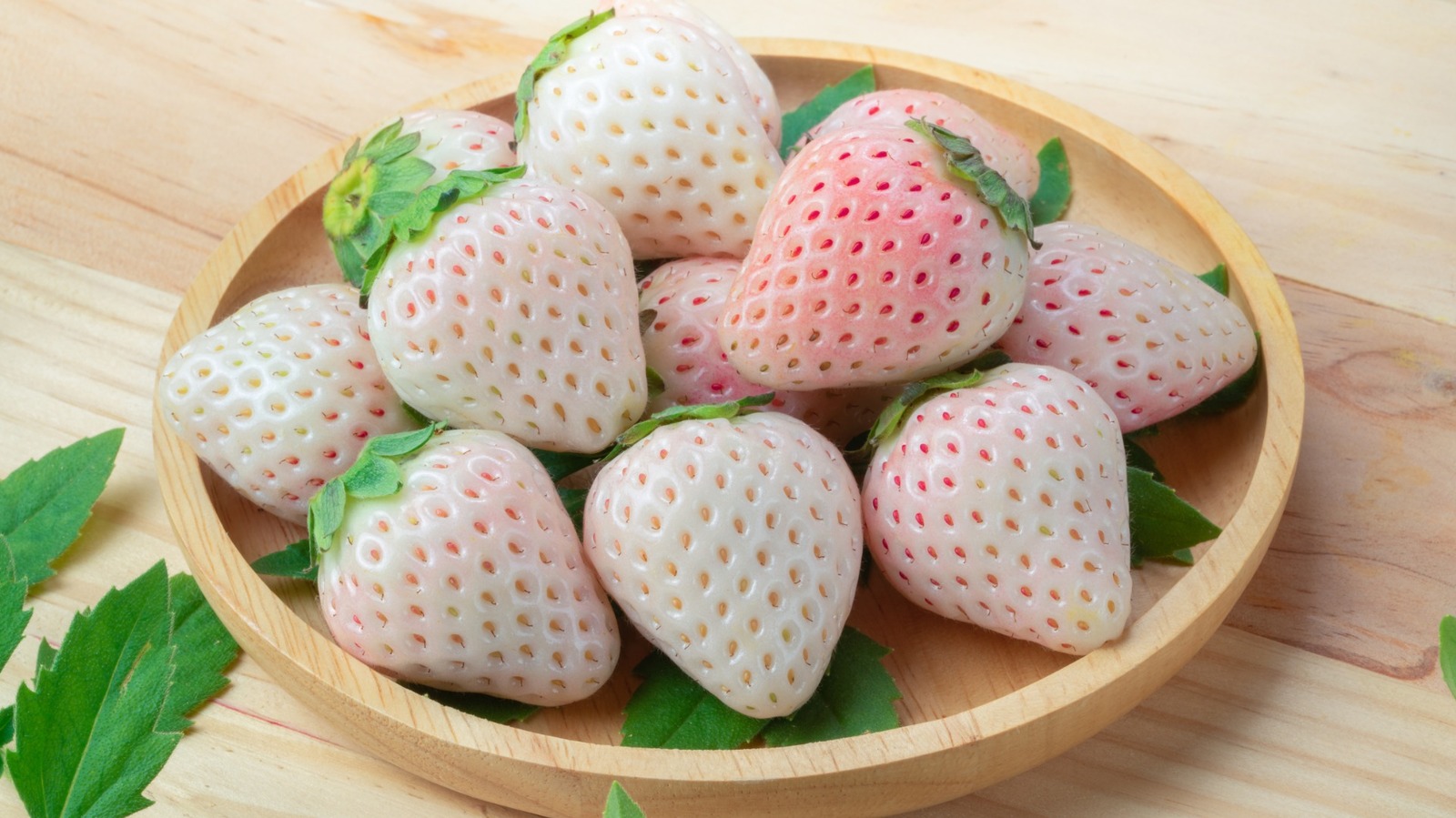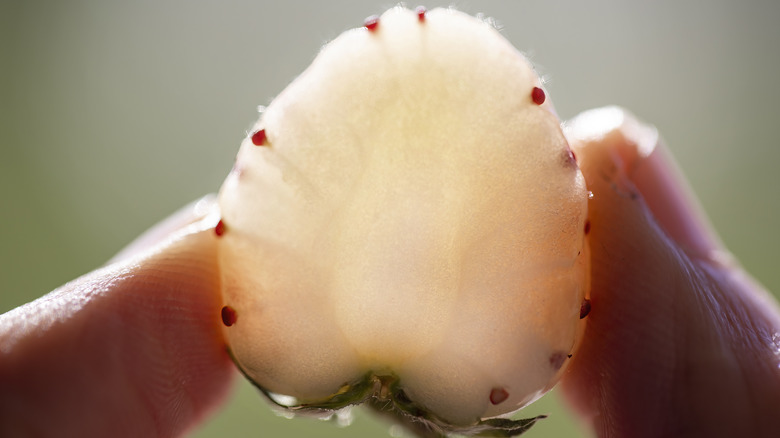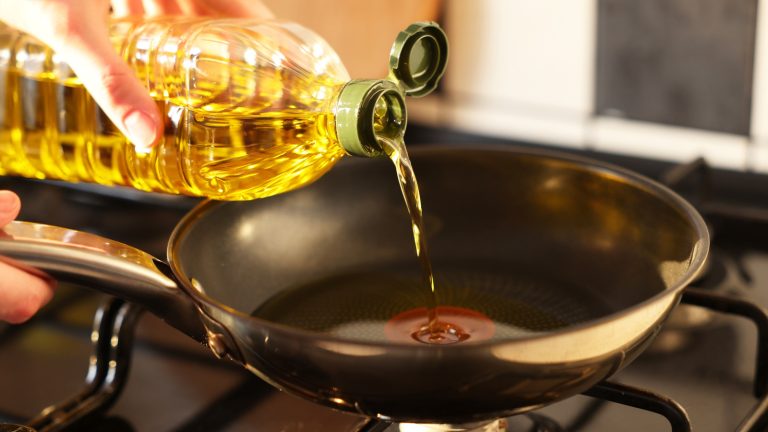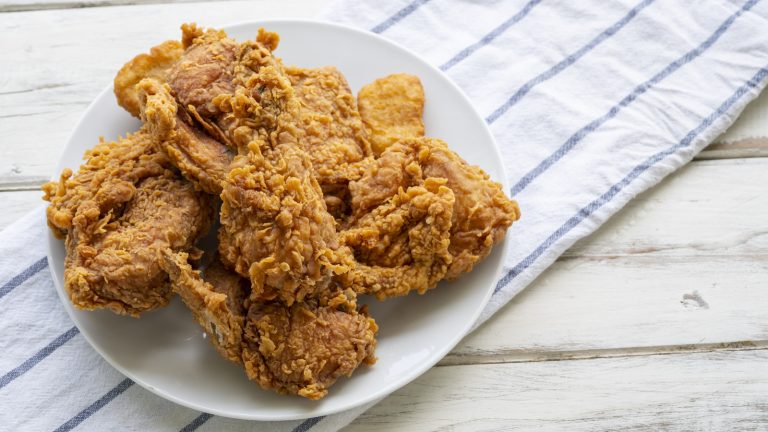We may receive a commission on purchases made from links.
Pineberries often raise questions, whether it’s wondering what they are while standing in the produce section of the grocery store or pondering about their origin after trying one for the first time. And because the fruit has a storied background ever since it rolled out as a new strawberry, there’s one myth of its backstory that continues to be spread. Many people falsely believe that pineberries are a cross of pineapples and strawberries. Despite the convenient name similarity, pineberries do not have any relation to pineapples. In fact, they are a variety of strawberry. So, what is the story behind them?
Another common myth about pineberries relates to their provenance. Many believe and share that they were rediscovered in Chile when, in fact, they were found in France. But instead of being saved from the brink of extinction, the fruit was simply carefully cultivated so that it could be grown in far greater quantities for commercial use. The unique white strawberries made their mainstream debut in 2010 and reached the U.S. by 2012. Today, pineberries are only in season for just over a month in late spring to early summer each year. Though this isn’t a long period for farming, it’s enough that the berries can be sold in limited quantities at many grocery stores.
This is what you should expect from pineberries
Instead of two different fruits being crossed together to make pineberries, they’re actually just two varieties of strawberries that have been cross-pollinated. Pineberries are a combination of Chilean strawberries and Virginia strawberries. Because this was accomplished through cross-breeding, this is not a genetically modified fruit and is instead considered natural.
Apart from the name similarity, many people assume pineberries are crossed with pineapples because of the somewhat tropical flavor of these pale pink strawberries. When you bite into a pineberry, it does, in fact, taste like pineapples but with the texture of strawberries, making it quite a unique fruit experience. But if you’ve ever had an out-of-season strawberry, you know the fruit’s flavor can change. And this is true of pineberries as well. Those that are not perfectly ripe can taste watered down — just like regular strawberries, but sweeter.
Whether you’ve encountered pineberries at a restaurant or you’ve only seen them online, there is one more factor to consider before adding this fruit to your grocery list. With such a short growing season, you’re not likely to find these berries at your local shop very readily. So, if you really want to try them to better understand their allure (and the frequently misunderstood myths behind them), snap up a box when they’re in season or sitting on shelves at your store. You can also order live pineberry plants from Amazon and grow them yourself.






